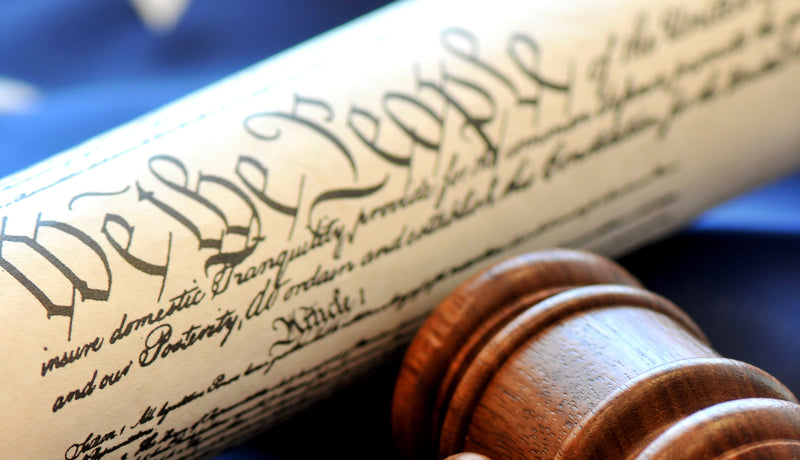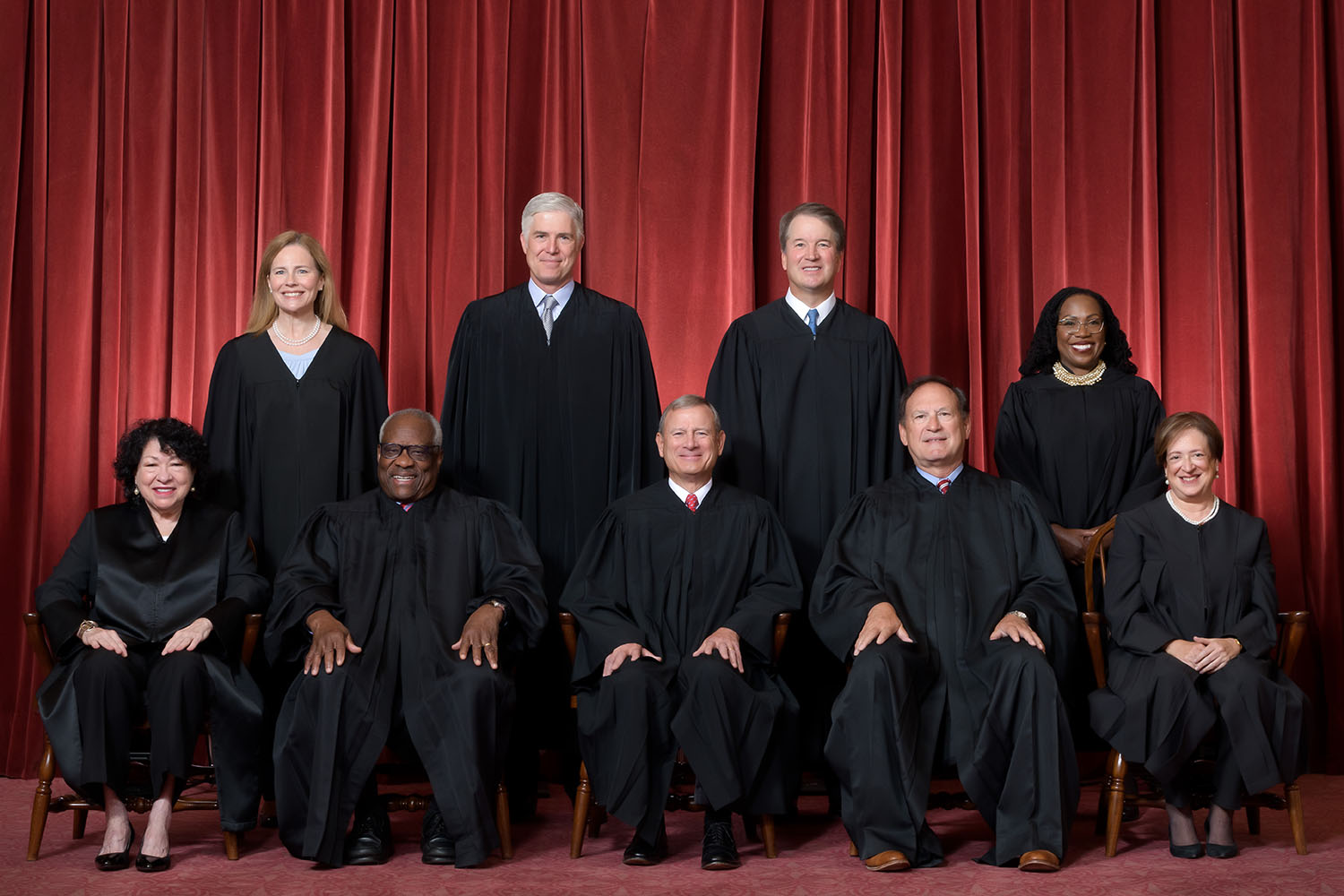The U.S. Supreme Court is not made up of disembodied spirits but living, breathing people.
This statement was one of my biggest takeaways when learning more about the Supreme Court and its principal role in our democracy.
As the highest court in the federal judiciary of the United States, the Supreme Court has ultimate jurisdiction over all federal court cases. More importantly, they have jurisdiction over all state cases that involve a point of the U.S. constitutional or federal law. They are the primary interpreter of the Constitution.
1801 marked a significant change in the court system as John Marshall assumed his role as Chief Justice, and in the Marbury v. Madison case that followed just two years later, Marshall established the principle of judicial review. This was a key addition to the system of "checks and balances" and confirmed the Supreme Court as a co-equal branch of government.
The Supreme Court draws the boundaries of federal power and, therefore, cannot avoid controversy. The nine Justices understand that they do not have the original Constitution but one that is consistently evolving. They harp on the idea that the meaning of "We the People," has changed overtime. In 1789, the phrase "We the People," did not include all individuals living in the U.S., especially not women and enslaved African Americans.The 27 amendments made to the Constitution allowed for change as we, as a society, grew and evolved.
Learning more about the duties and responsibilities of a Justice was what I found to be most interesting. According to the documentary, most Justices serve an average of 16 years; however, many serve even longer. William O. Douglas served 36 years, making him the longest serving Justice to this day. Each of these individuals are truly dedicating a large portion of their life to the betterment of our country.
Expecting a large amount of collaboration, it was surprising to learn that the Justices only meet once a week to decide which cases will go to court. It is the opinion writing that is most time consuming of a Justice's work.Every time they meet, each Justice shakes every other Justices' hand, further establishing a relationship of respect and honor. They understand there may be disagreements, but each argument is valid and deserves to be brought to the table for discussion. Many people assume the Court is secretive, but it's purpose and the cases that they deal with are rather open. There is no inside story. It's people simply thinking.



No comments:
Post a Comment